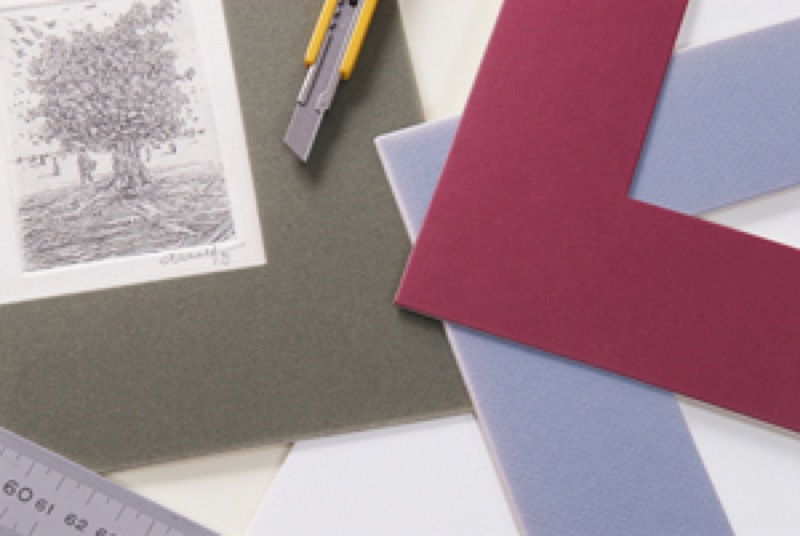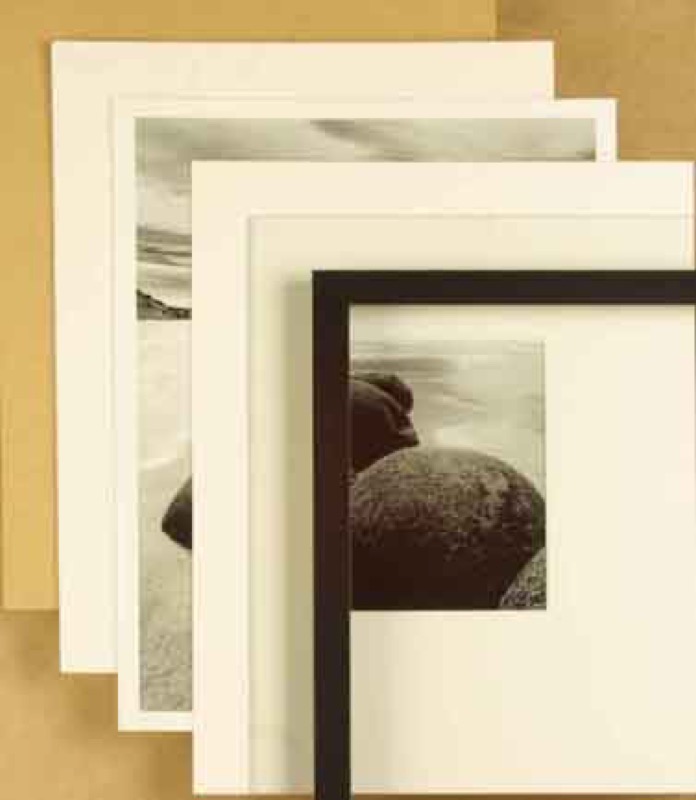Successful framing is achieved by following a sequence of precise steps… if not, you risk running into a few problems when you arrive at the final stage!
In addition to knowing the correct method, you also need to understand a few terms. There is a whole special language to learn if you want to speak framing! If you haven't yet mastered the language of framing, here is some advice: start by reading Basic concepts, where you will find a wealth of essential information.



